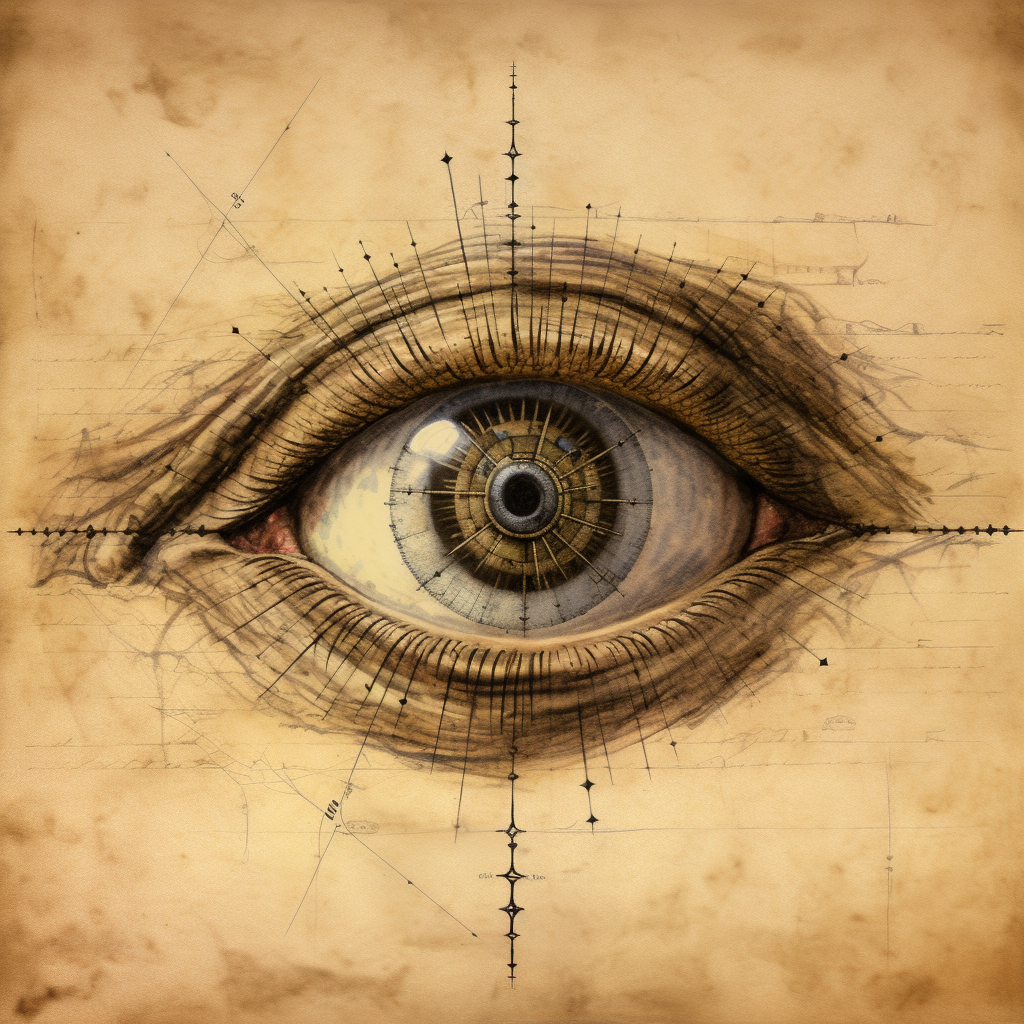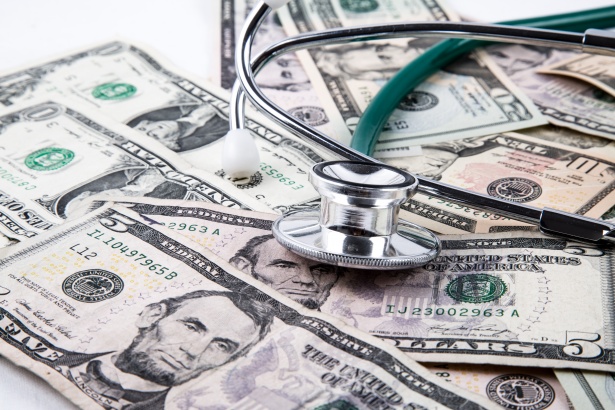Reimbursement Procedures and Best Practices for Quantitative Pupillometry
DEVON GASTON DC | MS | DACNB
Basis of Evaluation:
Utilizing the pupillary light reflex is an invaluable tool to assess for autonomic function testing. This is because the pupillary constrictor muscle is innervated by CNIII, which also responds to sympathetic responses and catecholamine release. We have utilized it in the office as a supportive test for neurological function. Common conditions that we utilize in this test are closed head trauma, TIA/stroke, dysautonomia (POTS, rapid resting heart rate, exercise intolerance, among others), and other functional neurological disorders (FND).
Covid-19 produces functional neurological disorders, triggering dysautonomia with changes in heart rate, respiration, and cardiovagal innervation (parasympathetic tone). Commonly, cardiovascular symptoms persist post-infection, along with poor vagal tone. This change in tone can be visualized with an enlarged pupil. Literature reveals, “It is well known that neurotrophic viruses cause tonic pupil.” Practitioners across the board must become familiar with post-Covid syndromes; this is a quick and efficient tool to do so.[1]
Passport 2 Health uses this with oculomotor testing for closed-head injury assessments of post-motor vehicle accidents. Drs. Carrick and Azzolino identified four specific parameters within the pupillary light reflex (PLR) that serve as biomarkers for neurological function, demonstrating sensitivity to traumatic brain injury. Furthermore, the creation of the Alpha Omega (AO) pupil detection, emerging from the neuro-optometry field, highlights that the observation of pupillary fatigue during the 10-second light exposure test signifies altered sympathetic control. This is also an excellent test for pre and post-chiropractic manipulative therapy to see changes in sympathetic tone. However, another indication for functional medicine practitioners is that as histamine release coincides with catecholamine release, sympathetic tone can again be altered as if the patient is genuinely adhering to a gluten-free program (as gluten is known to trigger neuroinflammation, over-excitation of neurons resulting in a dysregulated autonomic nervous system.
The reports were generated to check for pupil size, among other indicators for autonomic changes.
- Mydriasis: sympathetic dominance, neurological contributor of anxiety, photophobia,
- Miosis: parasympathetic dominance
- Tonic pupil: non-responsive to light. This could be a result of COVID-19, according to the literature. Potentially also genetic.
CPT Code 95919 – Quantitative Pupillometry:
We selected this ICD-10 code for neurological autonomic function testing. The code choices are pretty limited. This code is used for both the testing and the interpretation.
P2H does not accept insurance; however, we do a significant quantity of personal injury. Proper coding and documentation will be necessary to submit for reimbursement for auto insurance companies, including Medpay. We charge $100 per incident with $50 for remote applications.
To submit for Medpay: CMS 1500 form.
- Add the patient’s demographics, service date, and CPT code.
- Submit to Insurance
- Reimbursement approval from AAA ranges from $50 to $100 per test.
Additional materials would include SOAP[2] notes with explanations or interpretations of test results. Each company has different qualifications for reimbursement. It is advisable to call to establish a relationship (if possible) with an insurance adjuster. This can be extremely helpful and efficient in verifying that the claim is being processed. It is a point of contact to ask questions when the EOB is received.
Receiving an EOB: EOB explains the review amount pertaining to the CPT code used for reimbursement. These codes would include explanations as to why a submitted service needs further review for payment.
Procedure:
Inpatient testing:
- Have a clinician or tech administer a test
- Once completed, verify the test, interpret the results, and record
- Note: The Interpretation and Report (I&R) notes must be entered into the Reflex Notes section of the test with the observed diagnosis or observed patient presentation. This is what aligns with the ICD-10 Code.
- This can be done within the Reflex App or post-admin in the Reflex Web Portal Notes section under the patient test record.
- Print off a PDF document that includes a record of the notes for the patient test and applicable I&R report and diagnosis.
Remote testing (Build an additional revenue stream with Reflex Telehealth):
- Have the clinician or CA send remote test access to the patient through the Reflex Web Portal
- Use the Reflex Web portal to monitor patients remotely.
- Once the remote test is complete, verify it, interpret the results, and record them within the Reflex Web Portal.
- Note: The Interpretation and Report (I&R) notes must be entered into the Reflex Notes section of the test with the observed diagnosis or observed patient presentation. This is what aligns with the ICD-10 Code.
- This can be done within the Reflex Web Portal Notes section under the Telehealth patient test record.
- You can export a PDF report to be logged with the patient file that includes a record of the notes for the patient test and applicable I&R report and diagnosis.
Personal Experience:
I purchased a mobile quantitative pupillometer from Reflex in the beginning stages of disability in Feb 2022, which proved to be one of the best modalities and decisions I have made in practice. A chiropractor with a cervical spine/spinal cord injury is a bad combination. At the time, I was “catastrophically injured” and also not receiving disability despite paying into a private long-term disability policy. No one plans to be injured. My Reflex pupillometer (along with the other objective testing performed in the office) turned into my backup disability financial plan. I was hospitalized off and on for four months and unable to walk, yet my office doors were still open and providing a valuable service to patients (in tandem with rockstar chiropractic coverage from a blessing of a temporary hire.)
I was also able to monitor and diagnose my impending stroke and no less than six other patients during the two years of barely ambulatory disability. In California, there was an exceptional need for neurological services during COVID-19; however, the access to care was deplorable. I had three patients who recently had confirmed strokes and could not access a neurologist for 4-6 months. Reflex was one tool to check in with their autonomic function. Three of these strokes were able to be rehabilitated through chiropractic functional neurology before they even saw their neurologist.
I would go as far as to say that this technology should be in every hospital and every clinic to triage patients and give a bigger picture of the resting neurological state of the patient, to create improvements in a patient’s care plan, outcomes, and education. Additionally, I believe we have an obligation to stand in the gap for neurological assessment in these times.
[1] Gopal et al. “Tonic Pupil follows Covid-19. J Neuroophthalmol. 2021 Dec
1;41(4):e764-e766.
[2] Podder V, Lew V, Ghassemzadeh S. SOAP Notes. [Updated 2022 Aug 29]. In:
StatPearls [Internet]. Treasure Island (FL): StatPearls Publishing; 2023 Jan-. Available
from: https://www.ncbi.nlm.nih.gov/books/NBK482263/





Leave A Comment